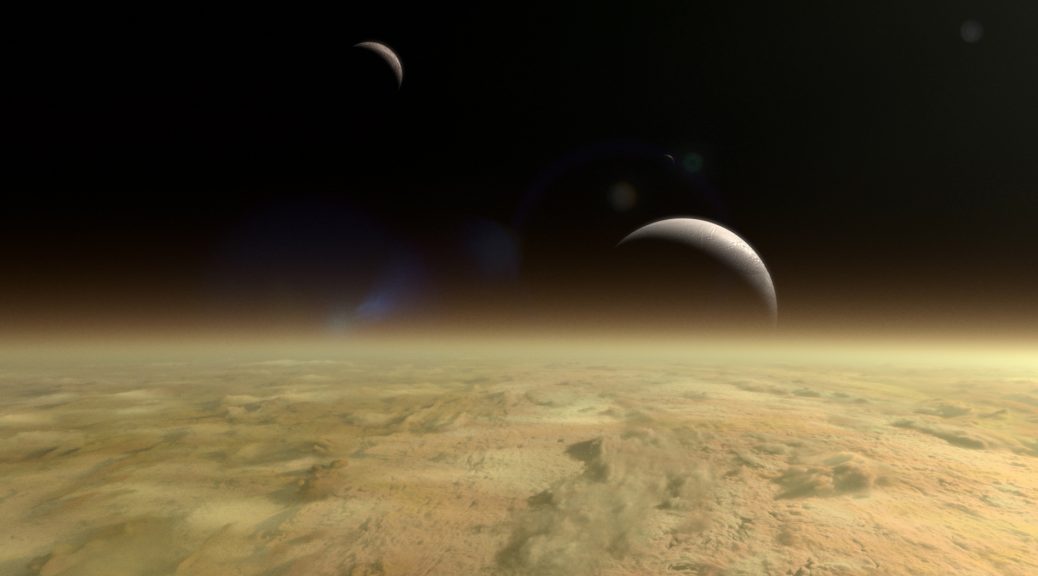PDF Breakdown of 2024 Showreel
A new 3D VFX Showreel has been long overdue.
The last few years have seen a lot of changes to my reel, though a couple of projects are missing, either through incongruity or tight Netflix IP restrictions, so I’ve snuck in some pre-pandemic stuff. I’m working on a private reel including shots from The Crown, so if you’d like to see that, get in touch via aj@ajcgi.co.uk.
Like many in the UK VFX scene I still work either remotely or hybrid. My commute in to London is a 4 hour round trip so please take that in to account if you get in touch after seeing this reel.
Primarily I use Houdini. There are some who would claim that’s not the weapon of choice for generalist work, but I would contest that. Lots of my work is documentary and drama content where I’ve been hired to do environments and set extensions. This means I do asset builds, scene layout, lighting, and just about everything including tracking and sometimes the compositing too. Houdini works fine for practically everything I throw at it and is flexible enough for me to set up entire scenes as a base for others and have them understand what they’re looking at.
Naturally there’s other work absent from this 3D VFX Showreel, so take a look at the projects page for more.





